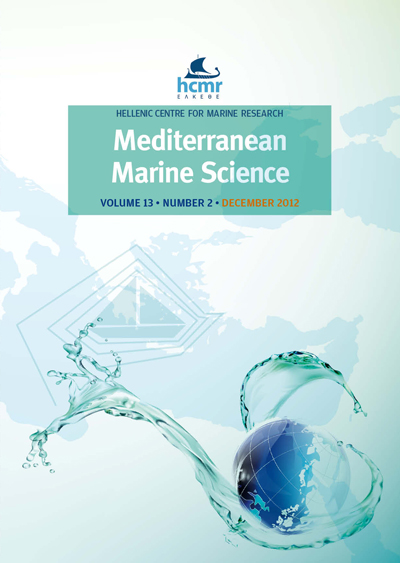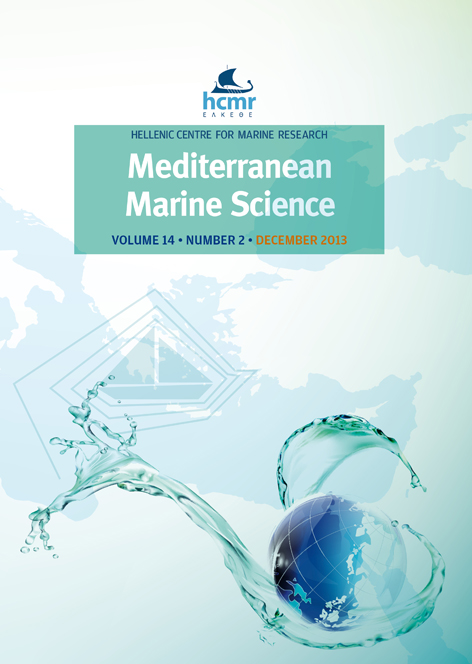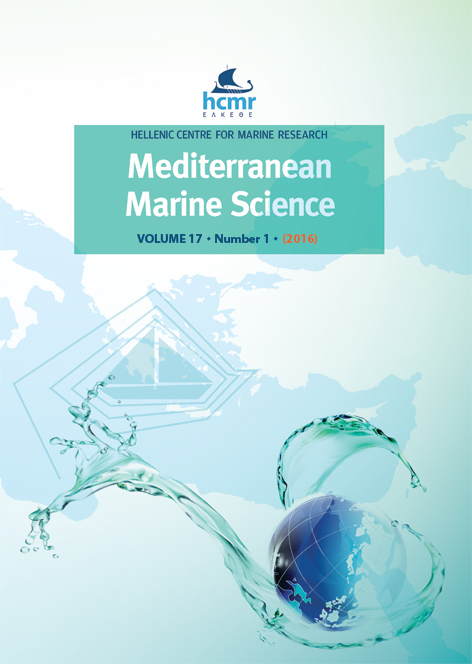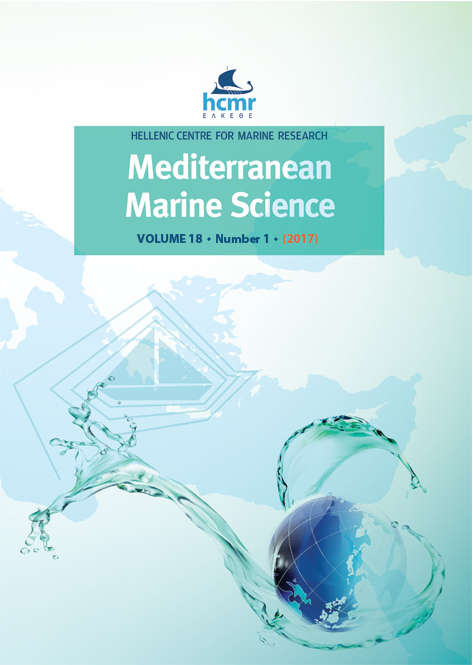Decline and local extinction of Fucales in French Riviera: the harbinger of future extinctions?
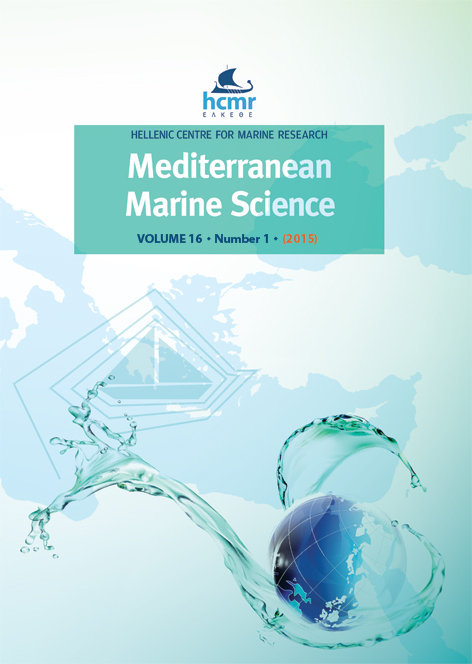
Abstract
The French Riviera is one of the Mediterranean areas that has been longest and most thoroughly impacted by human activities. Fucales are long-lived, large-sized brown algae that constitute a good model for studying human impact on species diversity. We gathered all historical data (literature and herbarium vouchers), since the early 19th century, to reconstruct their distribution. The current distribution was established from a 7-year (2007-2013) survey of the 212-km shoreline (1/2 500 map), by means of boating, snorkelling and scuba diving. Overall, 18 taxa of Cystoseira and Sargassum have been reported. Upon comparison with historical data, 5 taxa were no longer observed (C. elegans, C. foeniculacea f. latiramosa, C. squarrosa, C. spinosa var. spinosa and S. hornschuchii) while C. jabukae, previously unrecorded, was observed. In addition to these taxa, probably extinct at a local scale, some taxa had suffered a dramatic decline (C. barbata f. barbata, C. crinita, C. spinosa var. compressa and S. acinarium) or become nearly extinct (C. foeniculacea f. tenuiramosa). Three of them, which played in the past significant functional roles in coastal communities, can be considered as functionally extinct. Possible causes of decline and local extinction are discussed. A similar situation has already been reported, although at a much more local scale, in a variety of Mediterranean localities. The question therefore arises about the status of Fucales species in the Mediterranean: are some species on the brink of extinction? Is their extinction at the scale of the French Riviera the harbinger of their extinction Mediterranean–wide?
Article Details
- How to Cite
-
THIBAUT, T., BLANFUNE, A., BOUDOURESQUE, C.-F., & VERLAQUE, M. (2014). Decline and local extinction of Fucales in French Riviera: the harbinger of future extinctions?. Mediterranean Marine Science, 16(1), 206–224. https://doi.org/10.12681/mms.1032
- Issue
- Vol 16, No 1 (2015)
- Section
- Research Article
Authors who publish with this journal agree to the following terms:
- Authors retain copyright and grant the journal right of first publication with the work simultaneously licensed under a Creative Commons Attribution Non-Commercial License that allows others to share the work with an acknowledgement of the work's authorship and initial publication in this journal.
- Authors are able to enter into separate, additional contractual arrangements for the non-exclusive distribution of the journal's published version of the work (e.g. post it to an institutional repository or publish it in a book), with an acknowledgement of its initial publication in this journal.
- Authors are permitted and encouraged to post their work online (preferably in institutional repositories or on their website) prior to and during the submission process, as it can lead to productive exchanges, as well as earlier and greater citation of published work (See The Effect of Open Access).






